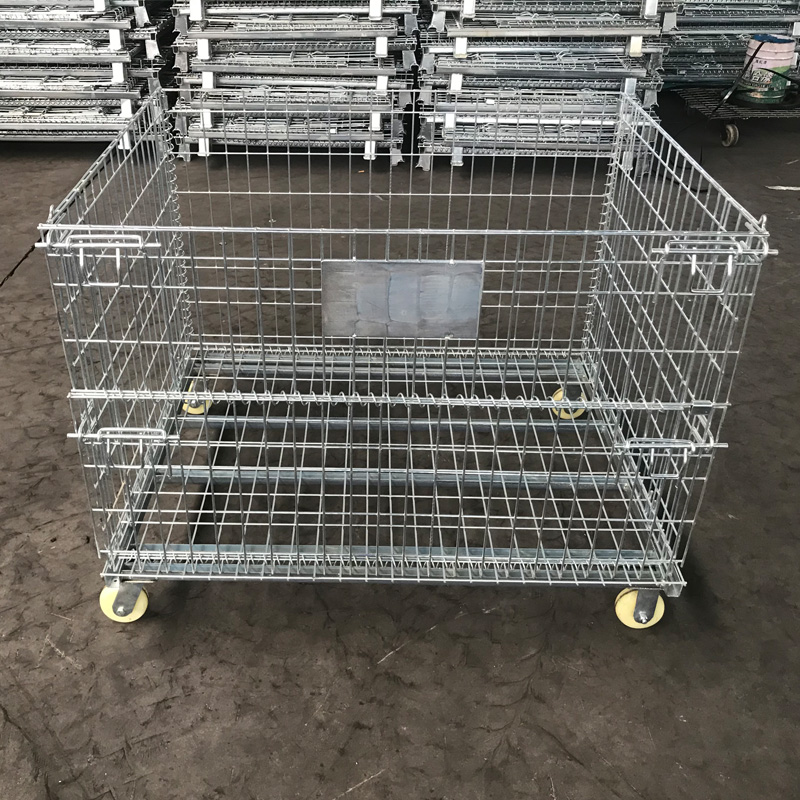
- Mobile Phone
- +8613931874955
- sales@cntcmetal.com
Understanding the Mechanics of Coil Spring Extension and Its Applications
Understanding Coil Spring Extension Principles and Applications
Coil springs are vital components in various mechanical and engineering applications, providing essential functions in vehicles, machinery, and everyday objects. The concept of coil spring extension not only plays a crucial role in understanding how these springs operate but also influences designs in fields ranging from automotive engineering to aerospace technology. This article delves into the principles behind coil spring extension, exploring its mechanics, factors affecting it, and real-world applications.
Basics of Coil Springs
Coil springs are typically made from high-carbon steel or other resilient materials, allowing them to undergo significant deformation while returning to their original shape. The fundamental purpose of a coil spring is to absorb and store energy, acting under the principles of elasticity. When a force is applied to a coil spring, it stretches or compresses, and when the load is removed, the spring returns to its original length. This behavior is described by Hooke's Law, which states that the extension of a spring is directly proportional to the load applied, within the elastic limit of the material.
Mechanics of Extension
The extension of a coil spring can be quantitatively described using Hooke’s Law
\[ F = k \cdot x \]
Where - \( F \) is the force applied to the spring, - \( k \) is the spring constant (a measure of the spring's stiffness), - \( x \) is the extension or compression of the spring.
The spring constant \( k \) varies based on several factors including the material properties, the diameter of the wire, the diameter of the coil, and the number of turns in the spring. A larger spring constant indicates a stiffer spring, which will exhibit less extension under a given load compared to a spring with a smaller spring constant.
Factors Affecting Coil Spring Extension
Several factors affect the extension of coil springs, influencing their performance in different applications
1. Material Properties The type of material used in the coil spring plays a significant role in its elasticity, strength, and fatigue resistance. For instance, materials with high tensile strength are preferred for heavy-duty applications.
coil spring extension

2. Wire Diameter A thicker wire means that the spring can withstand greater forces without excessive deformation. Conversely, thinner wires will result in a more compliant spring.
3. Spring Geometry The coil diameter and the number of active turns in the spring affect its behavior under load. Springs with more turns tend to store more energy and exhibit greater extension.
4. Temperature and Environmental Factors Temperature changes can alter the properties of the spring material, affecting its extension characteristics. Understanding these changes is essential for applications in environments with fluctuating temperatures.
Applications of Coil Spring Extension
Coil springs are prevalent in various applications due to their ability to absorb shocks and vibrations, providing stability and comfort. Here are a few key applications
1. Automotive Industry In vehicles, coil springs are critical for the suspension system, allowing for a smooth ride by absorbing bumps and promoting stability during motion. The extension and compression characteristics of the springs directly affect ride quality and handling.
2. Industrial Machinery Many machines utilize coil springs for tensioning and energy storage, ensuring that components operate smoothly. They can be found in everything from conveyor systems to mechanical presses.
3. Consumer Products Everyday items such as pens, mattresses, and office chairs often incorporate coil springs to enhance functionality and comfort. The ability to extend and compress allows these products to adapt to user needs.
4. Aerospace Applications In aerospace engineering, coil springs are integral in payload mechanisms, ensuring that delicate instruments are protected during turbulent conditions.
Conclusion
Coil spring extension is a fascinating intersection of physics and engineering that underscores the importance of design principles in mechanical systems. Understanding the mechanics behind coil springs helps engineers create safer, more efficient, and more effective designs across a myriad of industries. As technology advances, further innovations in materials and spring design will continue to enhance the capabilities of coil springs, unlocking new potential in both existing and emerging applications.
share:
-
Your Source for Concrete Wall Ties and Masonry AccessoriesNewsJul.10,2025
-
Unlocking the Power of Iron Wire for Every ProjectNewsJul.10,2025
-
Explore Advanced Chain Wire and Stainless Steel Mesh FencingNewsJul.10,2025
-
Discover the Benefits of Annealed Wire ProductsNewsJul.10,2025
-
Discover China Stainless Steel Wire Mesh SolutionsNewsJul.10,2025
-
Build with Confidence Using High-Performance Masonry AccessoriesNewsJul.10,2025
-
Why Sacrificial Formwork Is Redefining Underground ConstructionNewsJun.06,2025



















